New discoveries about what psychedelics do inside the human brain to help treat depression, PTSD, addiction, dementia and even phantom limb pain are coming fast and furious as psychedelics move into the mainstream of medicine.
Researchers are finding out that the long strange trip to better mental health through psychedelics may be just what the doctor ordered.
More respected organizations and universities are using advanced tools such as functional magnetic resonance imaging (fMRI) and other devices to find out how and why psychedelics work inside the human brain.
Increasing numbers or people now have the opportunity to embark on a safe, guided psychedelic experience in a non-recreational environment to stretch the mind, adjust thinking, create connections, fight off depression, and perhaps raise quality of life.
Of course there are other psychedelics you may be familiar with, such as mescaline, peyote, ecstasy, among others. But here are the top five psychedelics that medical researchers are approving for better mental health treatment.
And if you plan on trying any of these substances yourself, be sure to read the general ‘ground rules’ at the end of this article.
1. LSD (lysergic acid diethylamide) or Simply Acid.
LSD is the granddaddy of psychedelics and the most well-known—as well as one of the most potent psychedelics on the planet. It is made from the fungus that grows on rye and other grains. Some researchers argue that the whole field of serotonin neuroscience, and especially the role of serotonin in brain function, was jump-started by the discovery of LSD.
Many people are unaware that LSD was used experimentally in psychiatry for years, according to a study.
What is it? LSD is a clear, odorless and tasteless liquid. A small drop of liquid LSD is put either on a small square of absorbent paper, or in a small capsule container, or in a thin square of gelatin. The minimum dose of LSD is 25 micrograms whereas the ‘optimal’ dose is 100-200 micrograms, according to this 2008 pharmacological review.
What does it do? In test subjects, LSD produced a pronounced alteration in waking consciousness that lasted for 12 hours and included visual and auditory hallucinations.
LSD can increase subjective well-being, happiness, closeness to others, openness, and trust. LSD significantly raises blood pressure, heart rate, body temperature, and most notably, pupil size. Depending on how many micrograms are taken, the effects of LSD can last up to 72 hours.
2. Psilocybin aka Magic Mushrooms aka Shrooms
Psilocybin is one of the better known, most available, and most user-friendly psychedelics today. The most widely used variety is called psilocybe cubensis.
Psilocybin has the unique distinction of being approved for “breakthrough therapy designation” by the U.S. Food and Drug Administration (FDA), and has been decriminalized in a growing number of U.S. cities, though the Drug Enforcement Administration (DEA) still classifies it as a Schedule 1 drug along with heroin, cannabis, and LSD.
Despite the Schedule I designation, psilocybin is currently being studied as a treatment for major depression, tobacco addiction, anorexia, Alzheimer’s and more.
What is it? There are many varieties of psilocybin mushrooms, which are brownish, medium-sized mushrooms an average of three inches in height, with different levels of hallucinogenic properties. You can even find psilocybin truffles. Shrooms are best when dried, and are either eaten or used in tea or consumed in capsule form.
What does it do? Depending on the dosage taken, the psychedelic effects can include a sense of speeded-up euphoria with some visual and auditory enhancements that may take some getting used to.
The effects usually begin within an hour, peak within a few hours, and subside after about 6-10 hours.
3. Ibogaine
Ibogaine has demonstrated efficacy in the treatment of heroin and other opioid withdrawal management. Ibogaine dosage should be carefully considered and administered under medical supervision, since there have been heart abnormalities and deaths reported with it. To avoid potentially life-threatening complications, initial dosage recommendations should be calculated at .87 mg per kg of body weight, according to New Zealand researchers.
What is it? Ibogaine is a psychoactive alkaloid naturally occurring in the West African shrub iboga.
What does it do? After oral ingestion, ibogaine comes on strong for 4-8 hours, producing “waking dreams”, with visionary content that is deeply subjective and personal, then settles into a less acute “tripping” phase for 8-20 hours. The whole experience can last for up to three days. It has also been likened to watching a film projected on an inner screen.
The overall effect can evoke a state of profound contemplation and self-reflection. However, ibogaine can also trigger important side effects, including tremors, nausea, vomiting, slowed breathing, heightened sensitivity to sensory stimuli, heart palpitations, hypertension and other changes to heart rhythms or blood pressure. To prevent potential death by overdose, Ibogaine must be administered by a trained professional.
4. Ayahuasca
Ayahuasca is being studied as a treatment for depression and drug addiction. It is available online (for now), however, experts caution that it should always be consumed within a controlled, guided setting.
What is it? Ayahuasca is made from mixing the pounded bark from Banisteriopsis caapi vines and leaves from Psychotria viridis, which is where small but significant amounts of DMT comes from, and therefore the psychoactive effect. It is generally made into a type of bitter tea or brew for consumption, and historically used in certain South American aboriginal ceremonies.
What does it do? After drinking, it takes about 40 minutes for the psychedelic effects to come on, and lasts for about four hours. People report experiencing nausea before the real psychedelic experience begins.
5. 5-MeO-DMT, or simply DMT
DMT is one of the least understood psychedelics today, but more research is underway. Most people use it for spiritual exploration, and report moderate to strong mystical type experiences. The effect has been compared to taking 1,500 micrograms of LSD.
Results from a clinical trial showed most of the people who consumed DMT experienced improvements related to post-traumatic stress disorder (79%), depression (77%), anxiety (69%), alcoholism (66%) or drug use disorder (60%).
What is it? DMT is a psychedelic substance found in toad venom, and also harvested from certain plants.
What does it do? One vaporized dose produces strong, immediate hallucinogenic effects that can last from seven to 90 minutes, or 20 minutes on average. Mike Tyson tried it and said that “it was almost like dying and being reborn.”
General Ground Rules for Psychedelic Safety
With all of these psychedelics, some ground rules for trying them are in order:
1. You should have your experience under the watchful eyes of a qualified psychotherapist in a controlled environment: laying down, wearing a nightshade mask, with headphones on listening to soothing music.
2. You have to qualify for this type of professional treatment, meaning that you don’t already have some pre-existing mental health conditions such as psychosis or schizophrenia. People who are not using a psychotherapist for guidance and haven’t been properly screened and just want to try these substances recreationally put themselves at risk of having ongoing lifelong psychosis or other psychological problems.
3. You have to be open to having an experience that some have described as the most profound experience in their lives, with moments of both intense fear and intense pleasure.
Are you still missing out on The Bluntness newsletter? Sign Up today to stay in the loop.
Image credit: Total Shape
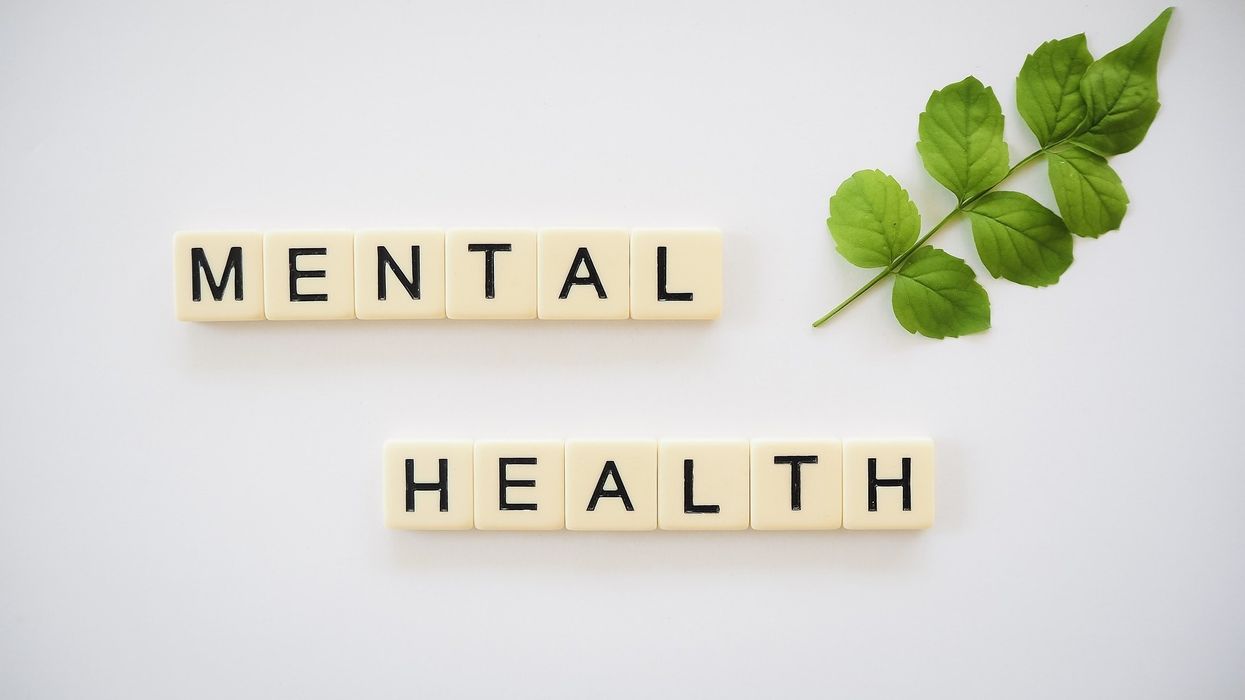

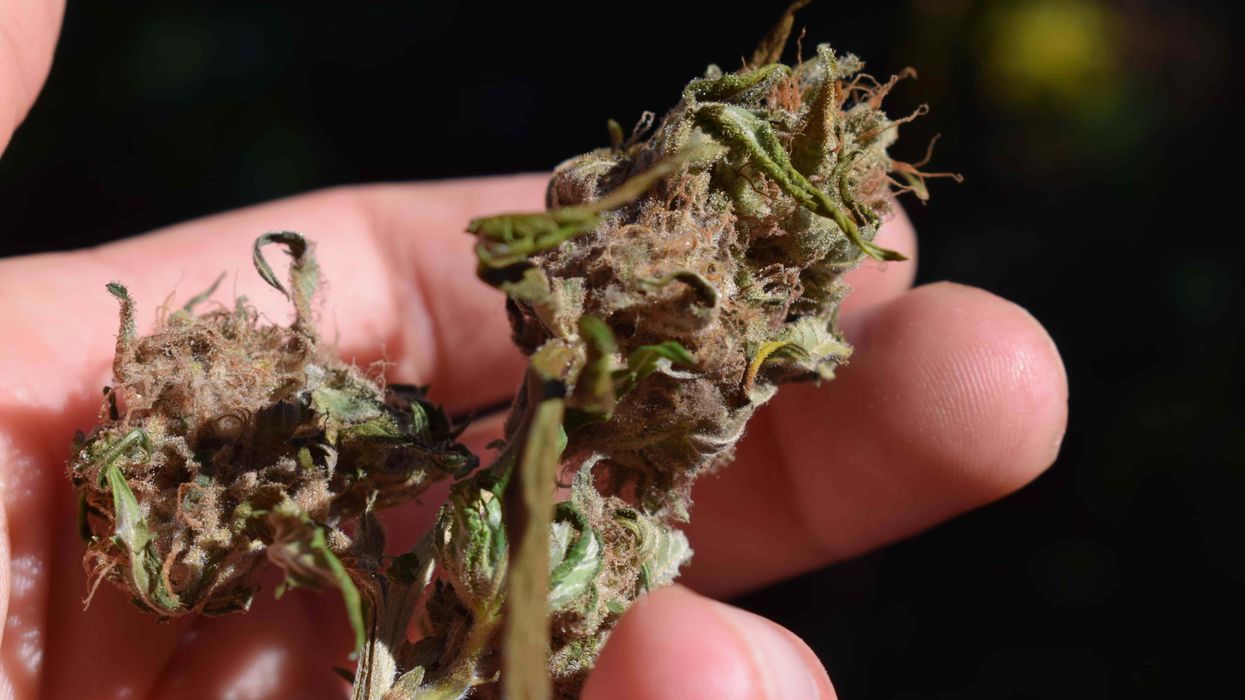

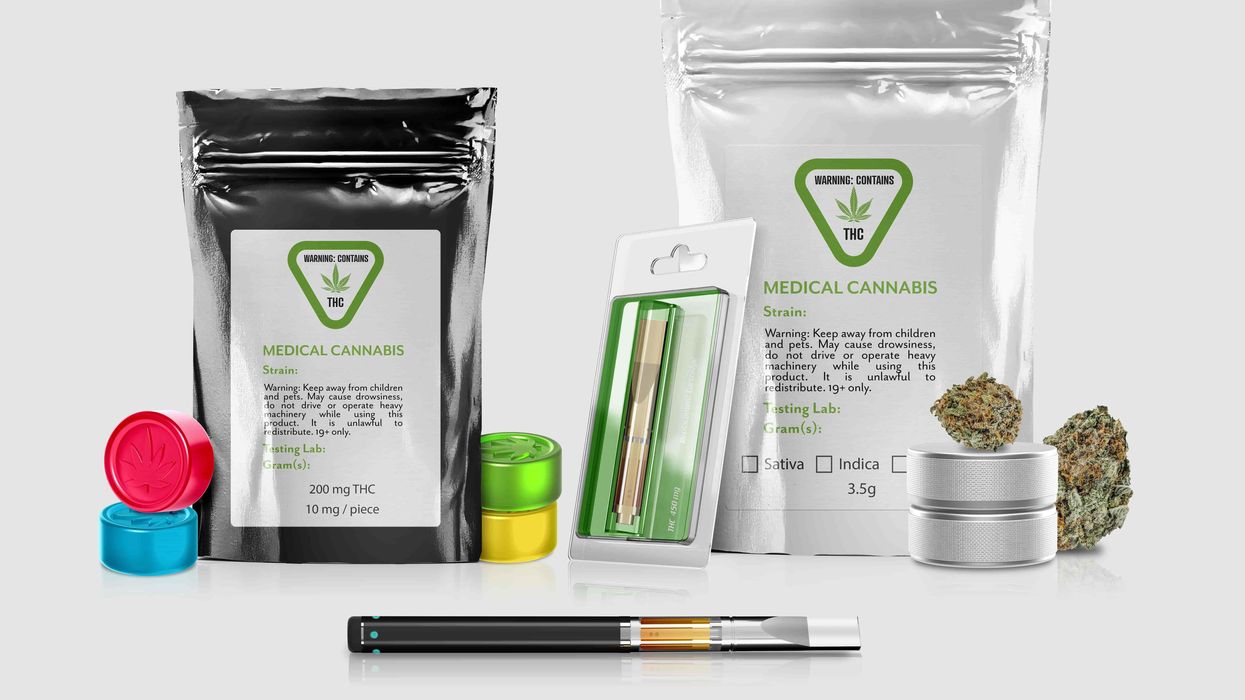

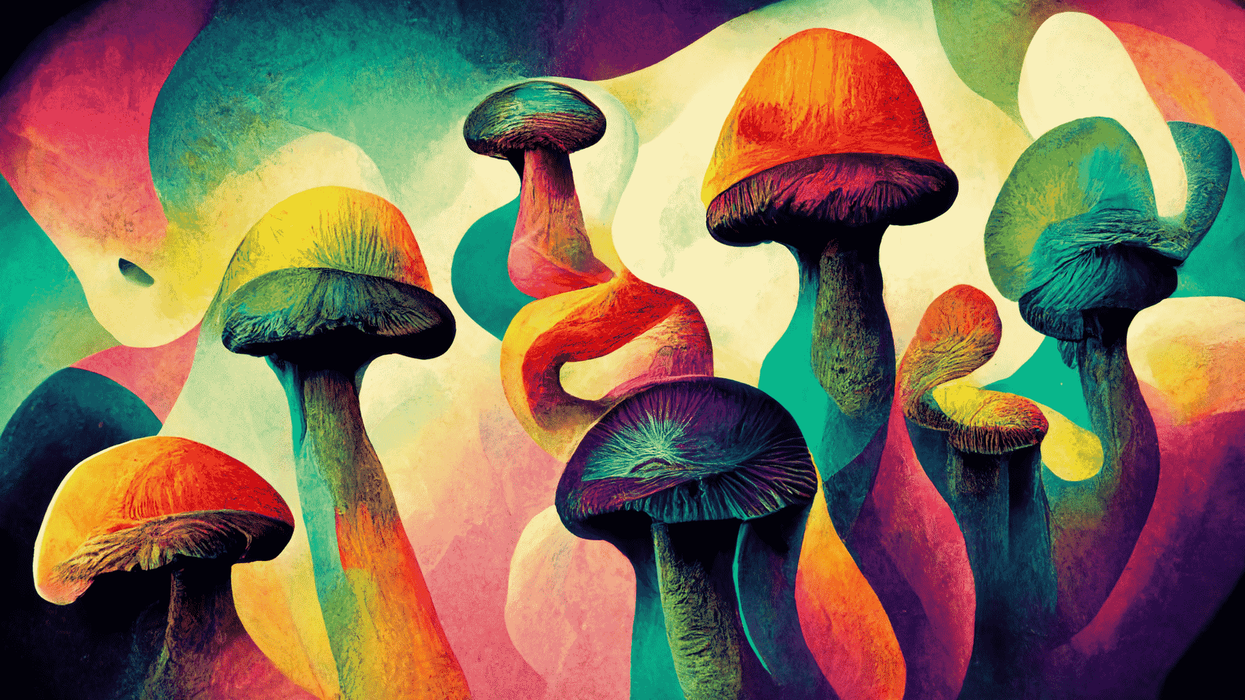

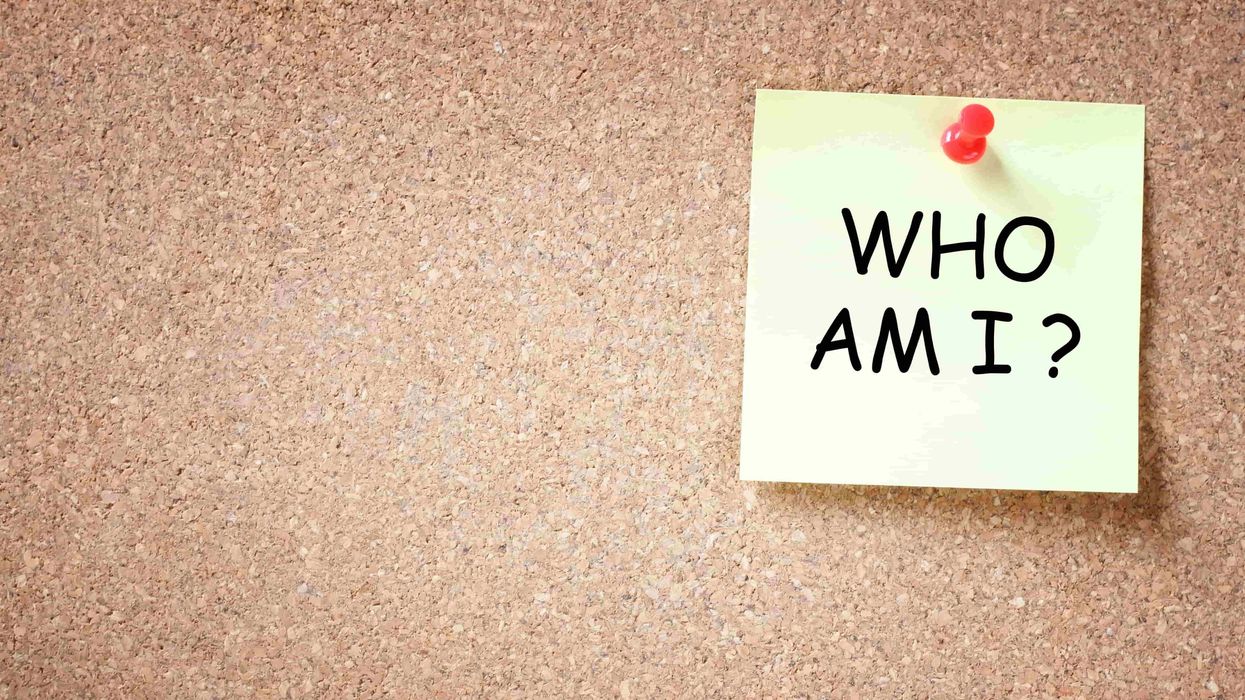

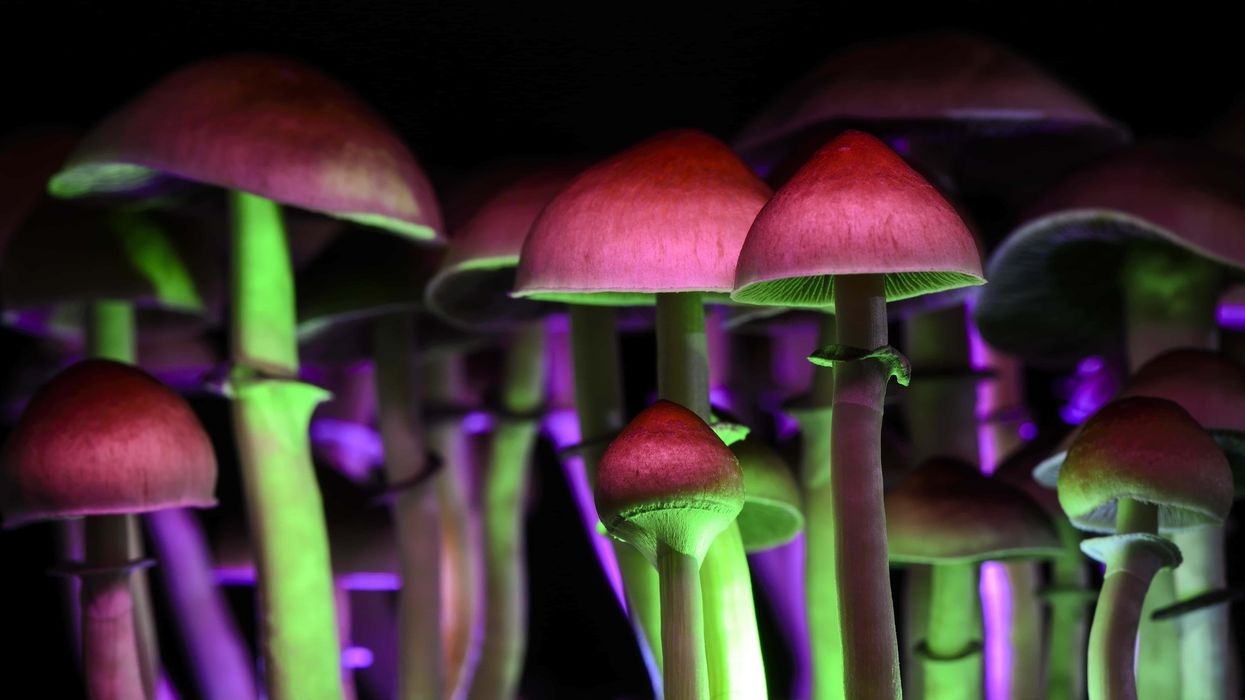

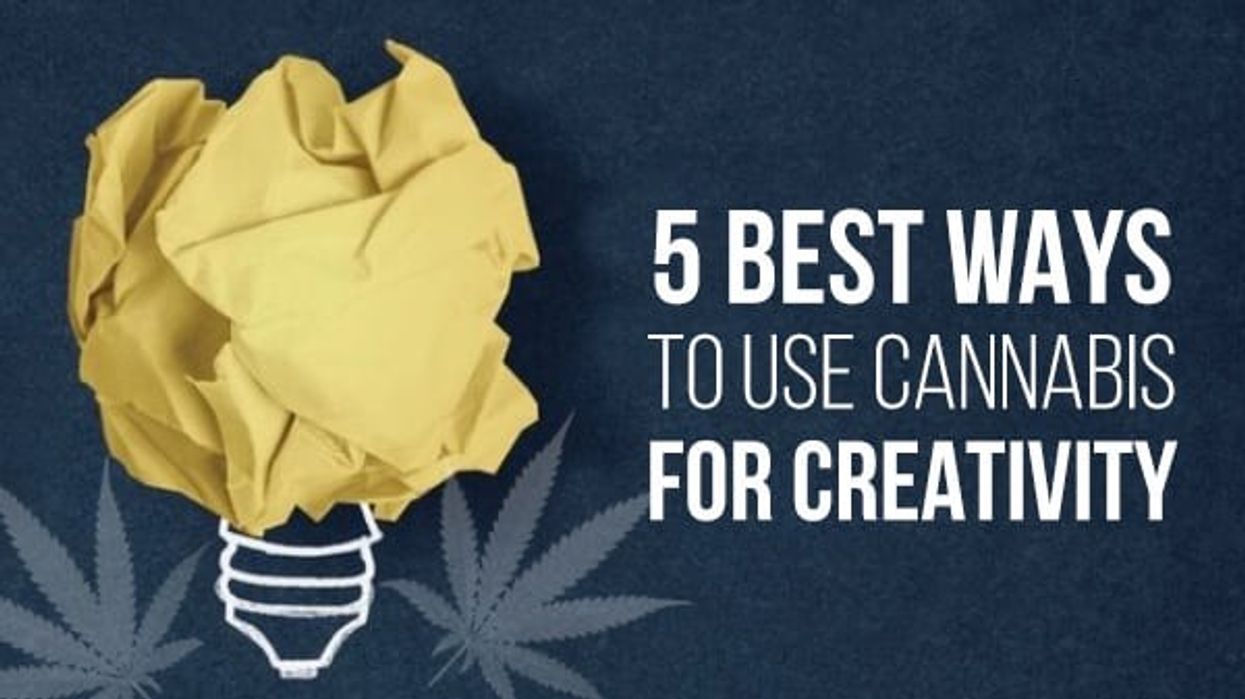
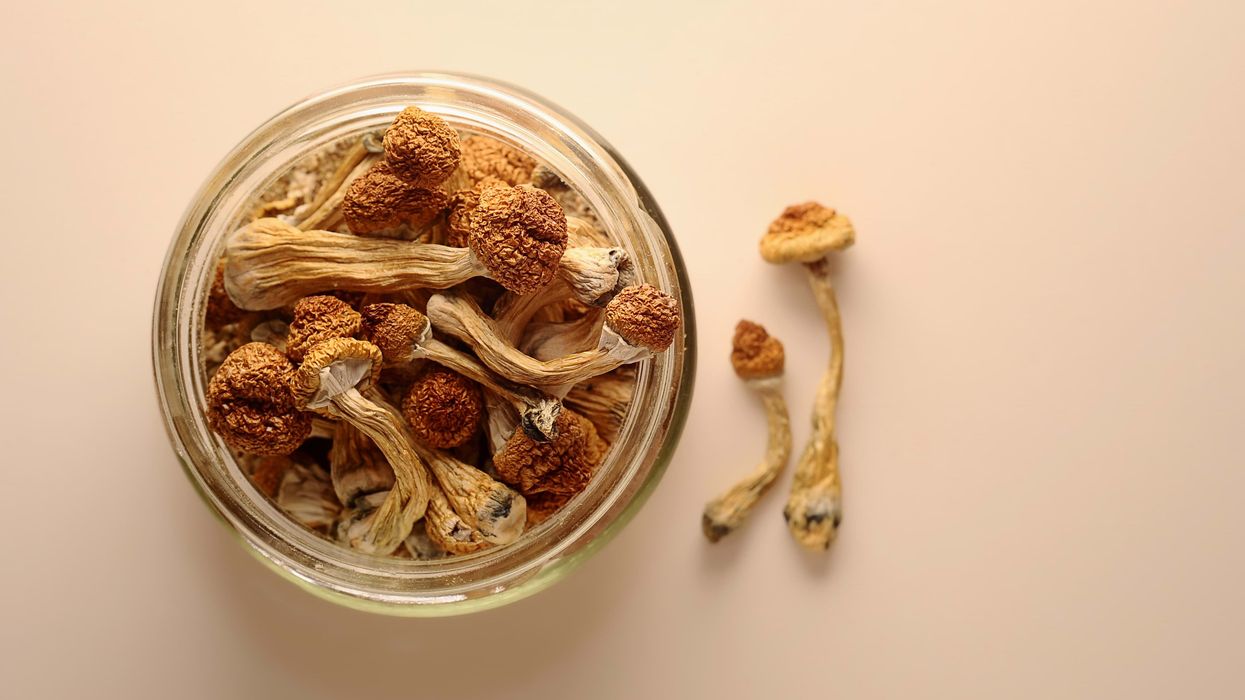
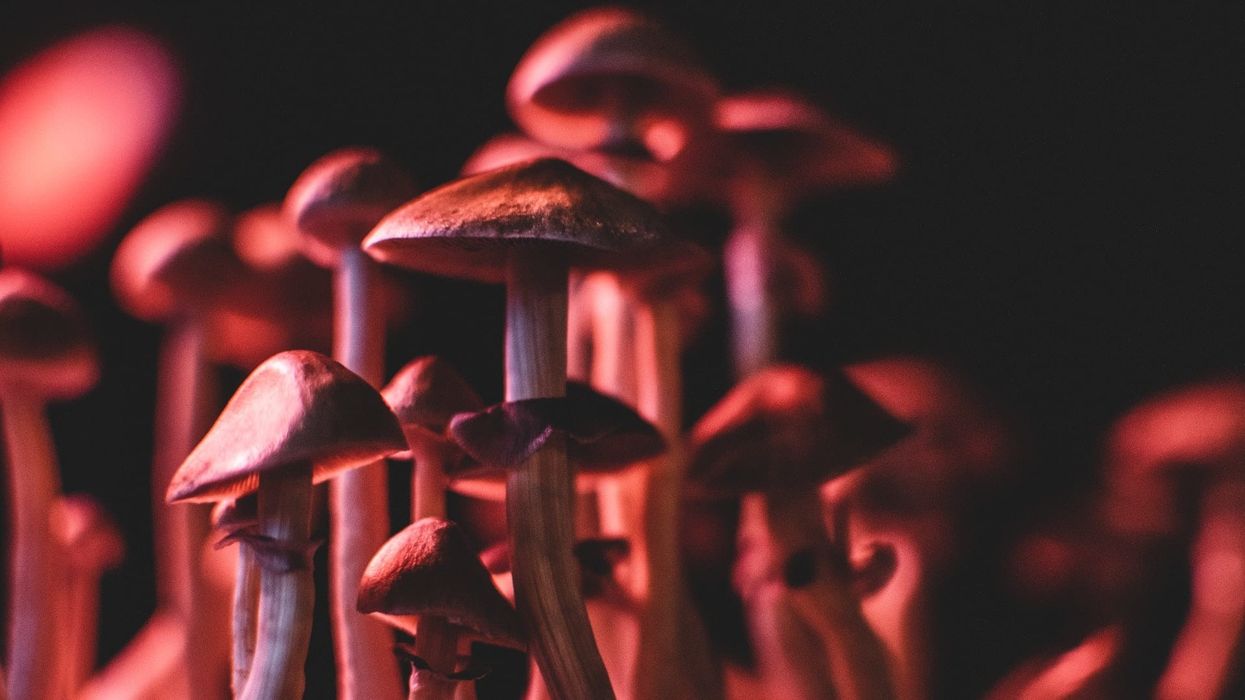
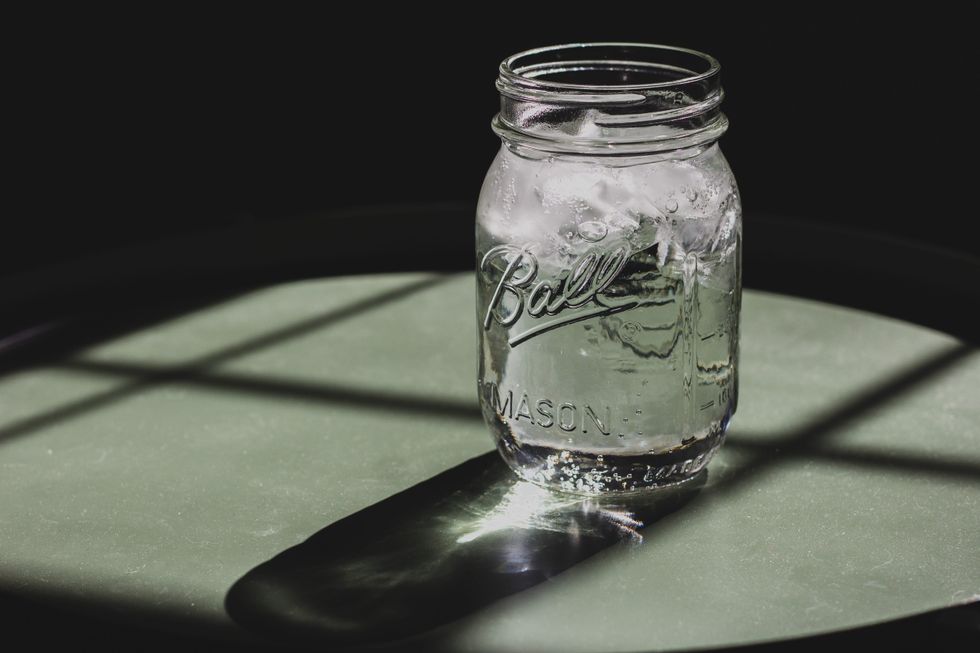 How to Store Magic Mushrooms
How to Store Magic Mushrooms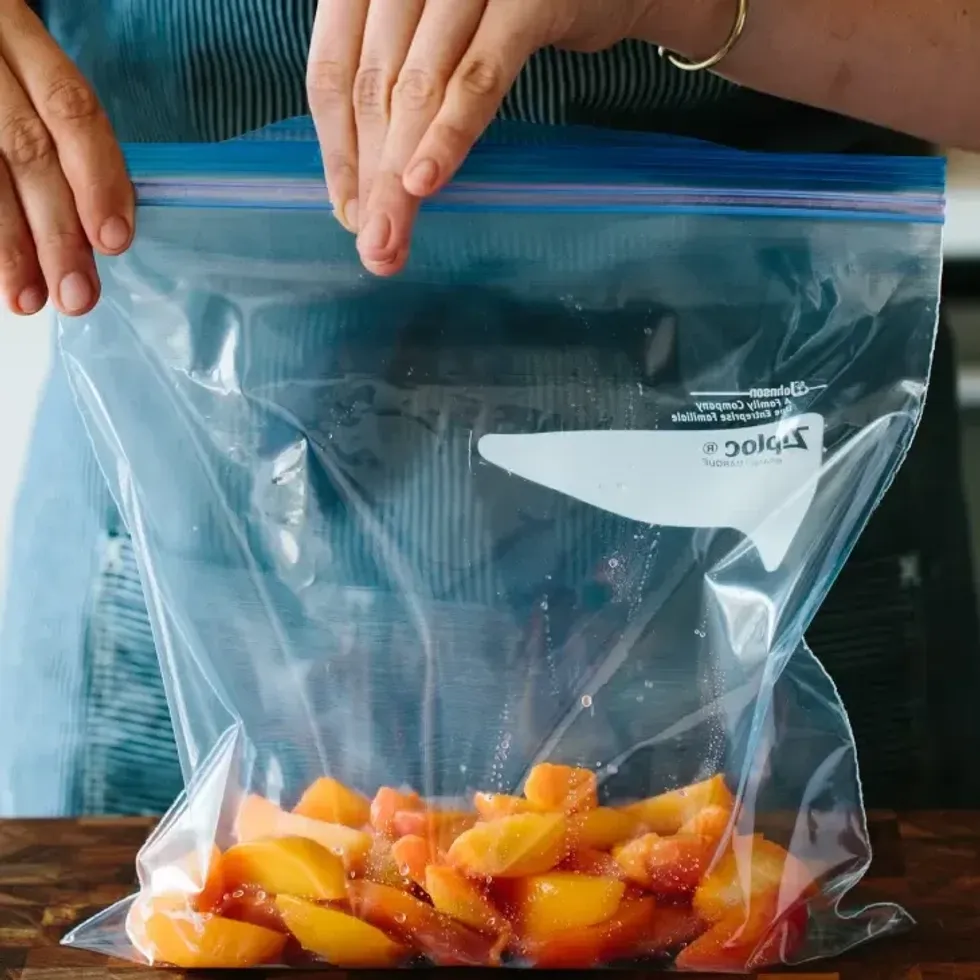 How to Store Magic Mushrooms
How to Store Magic Mushrooms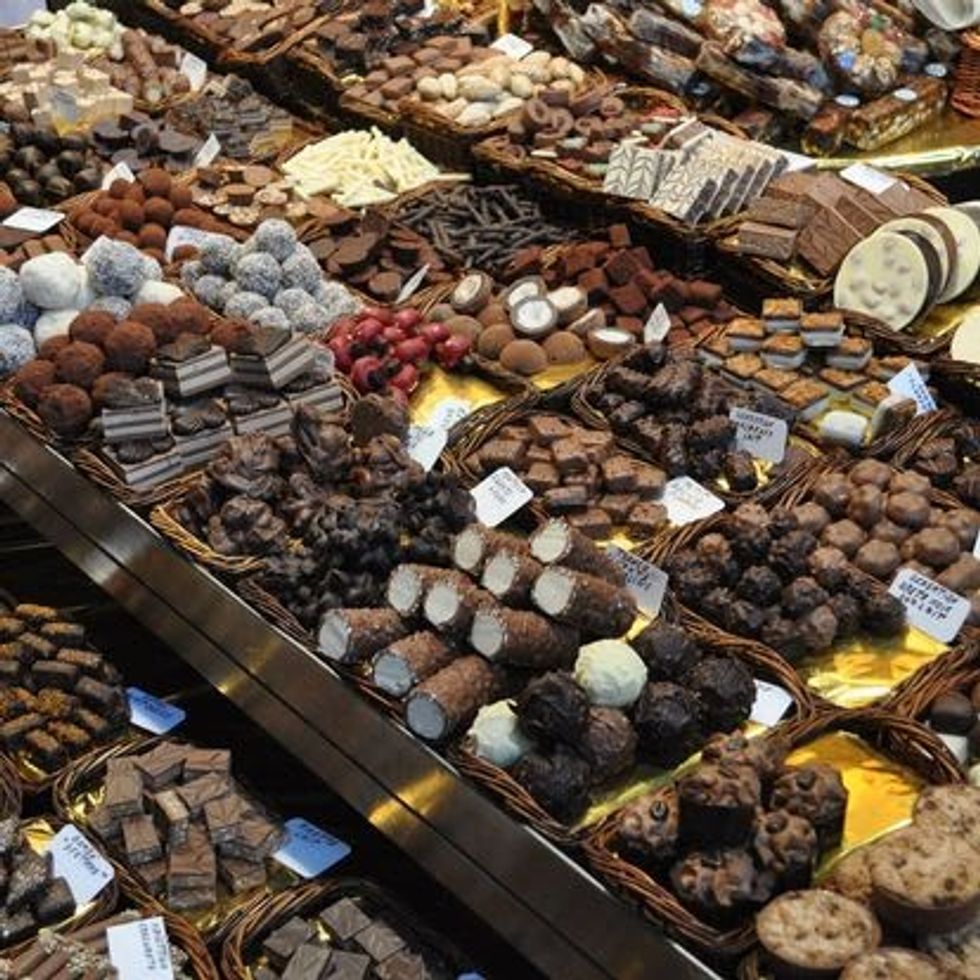 How to Store Magic Mushrooms
How to Store Magic Mushrooms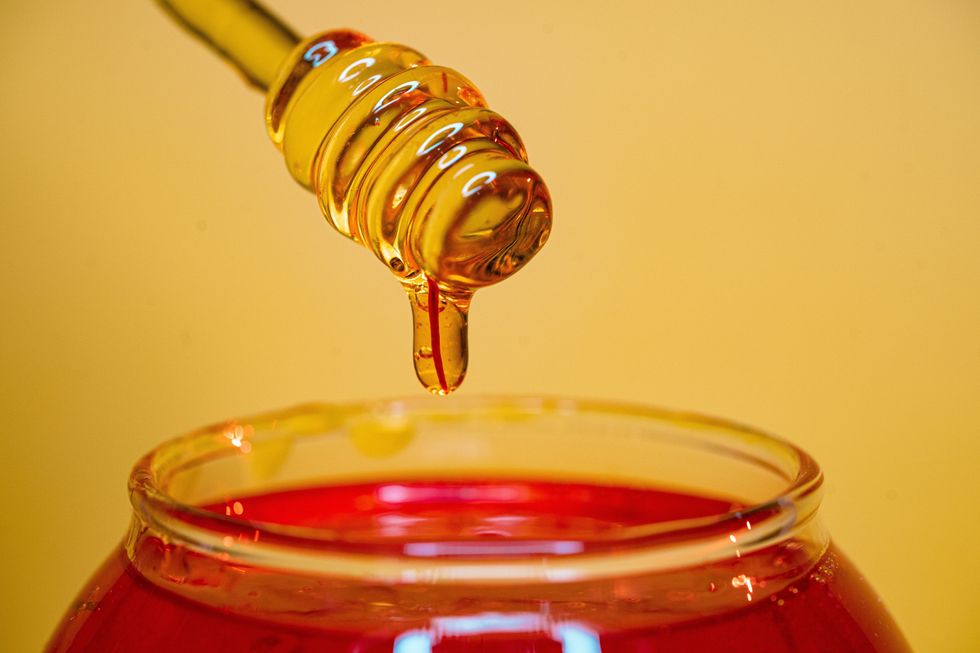 How to Store Magic Mushrooms
How to Store Magic Mushrooms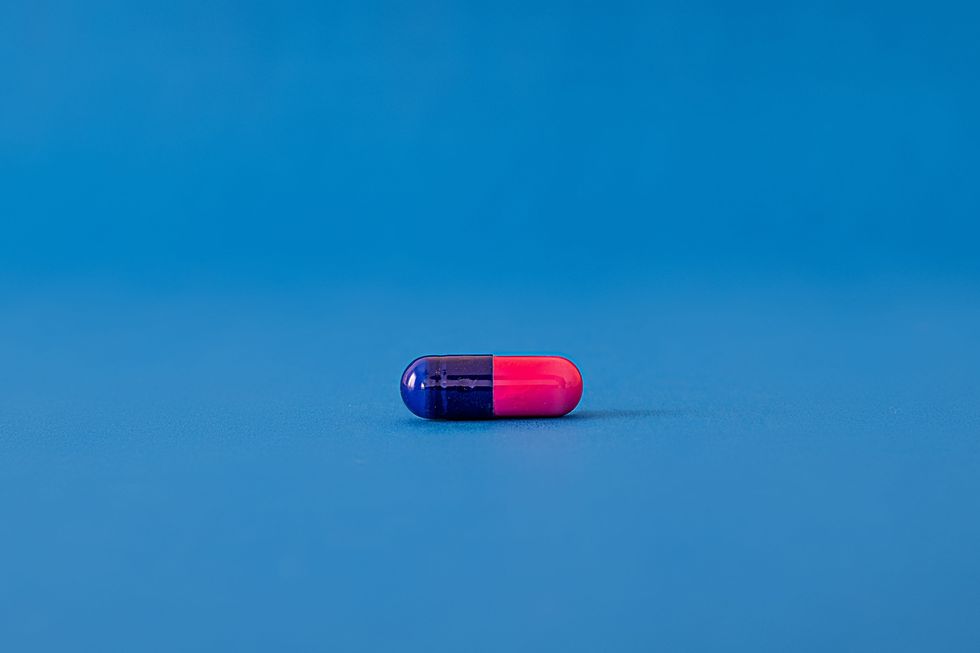 How to Store Magic Mushrooms
How to Store Magic Mushrooms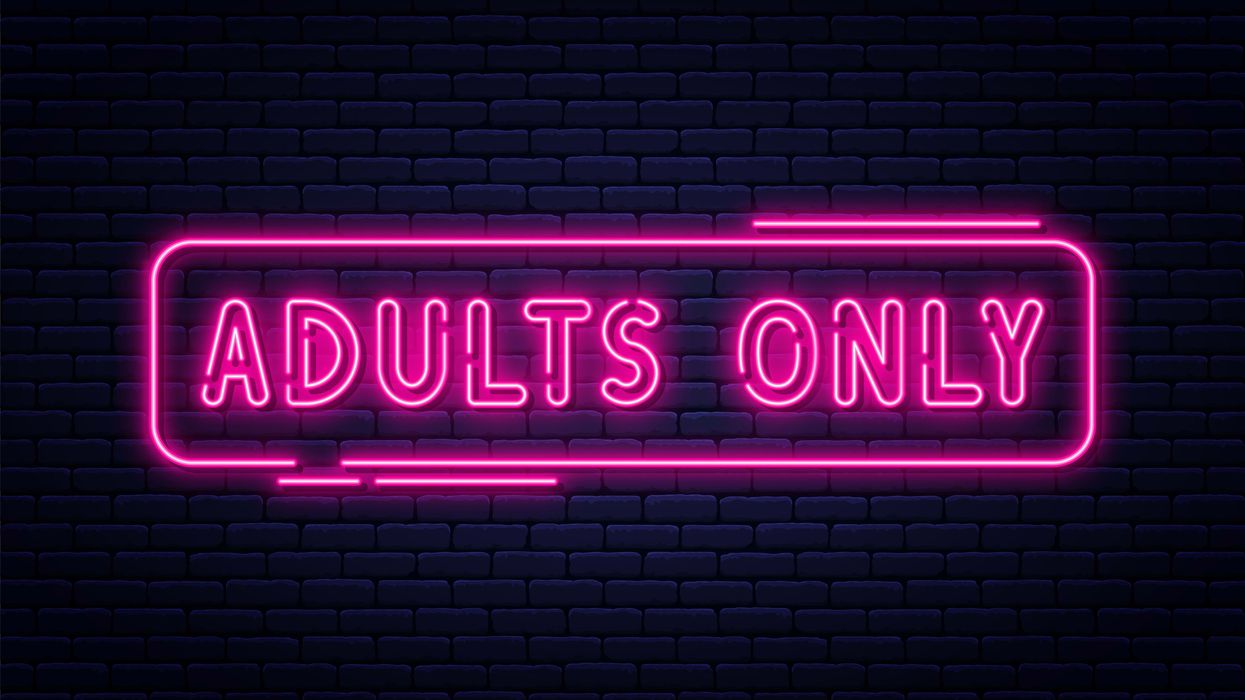



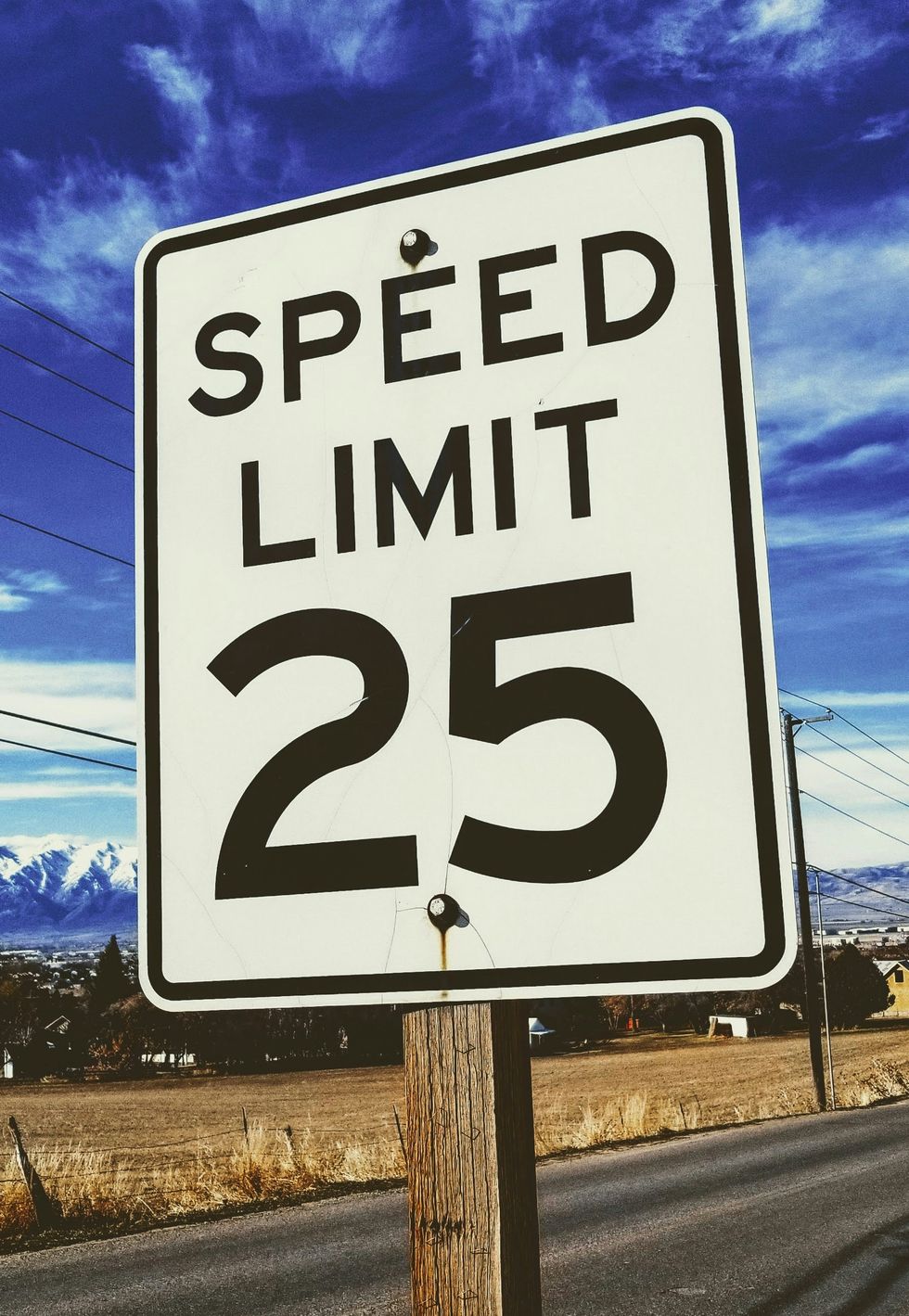


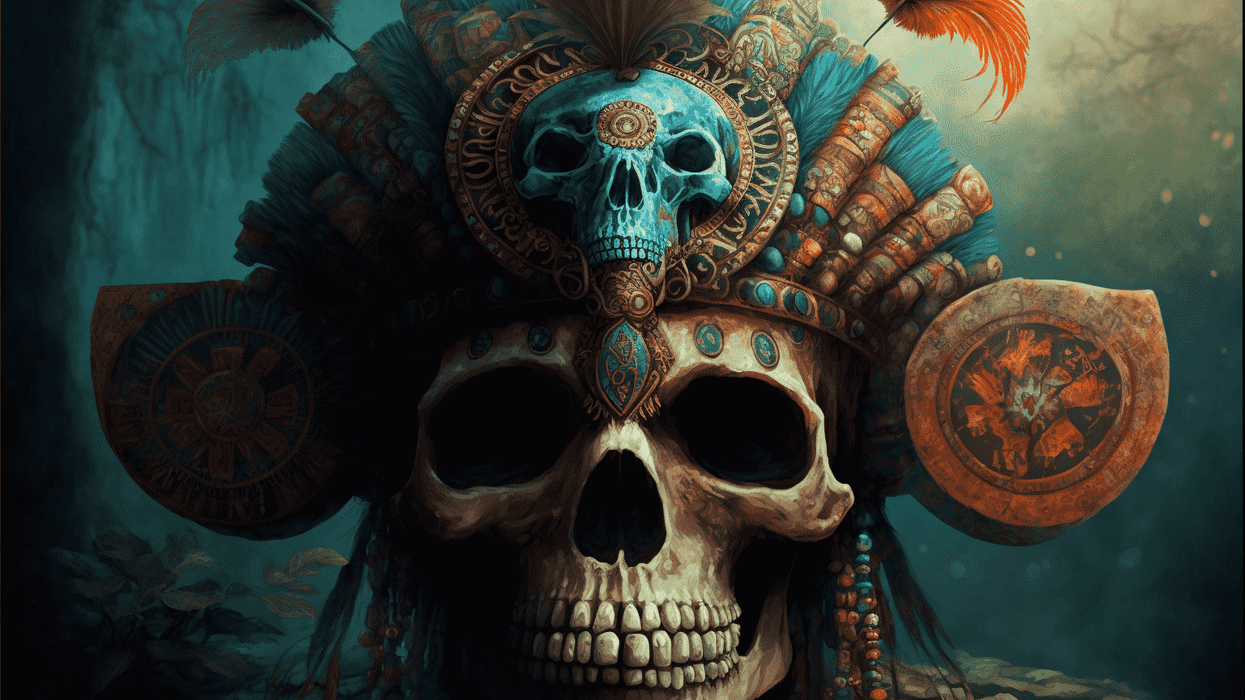
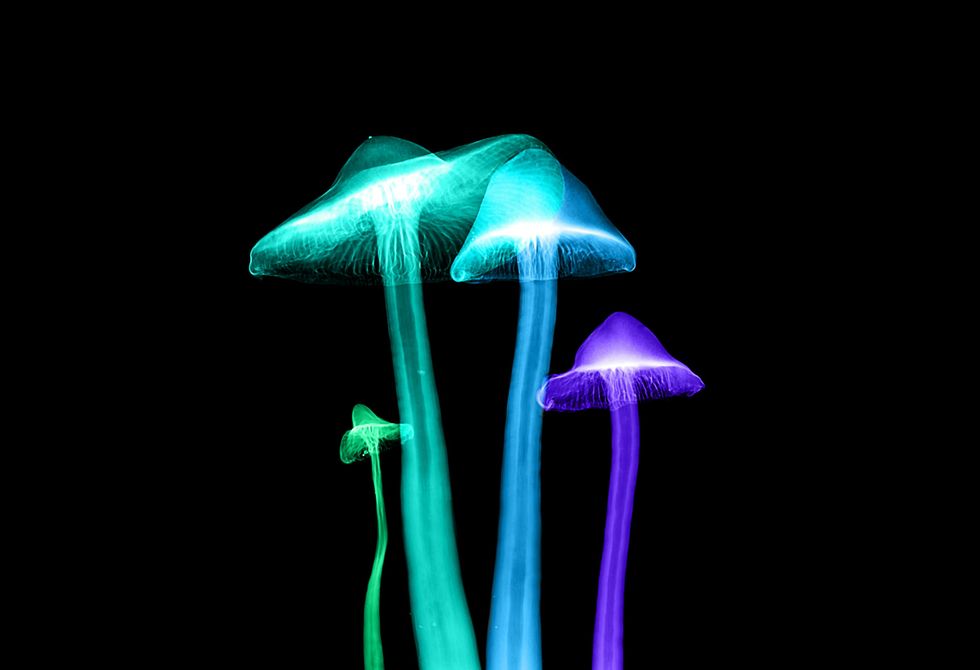 Introduction to Psychoactive Mushrooms: The Aztec God Strain - The Bluntness
Photo by
Introduction to Psychoactive Mushrooms: The Aztec God Strain - The Bluntness
Photo by 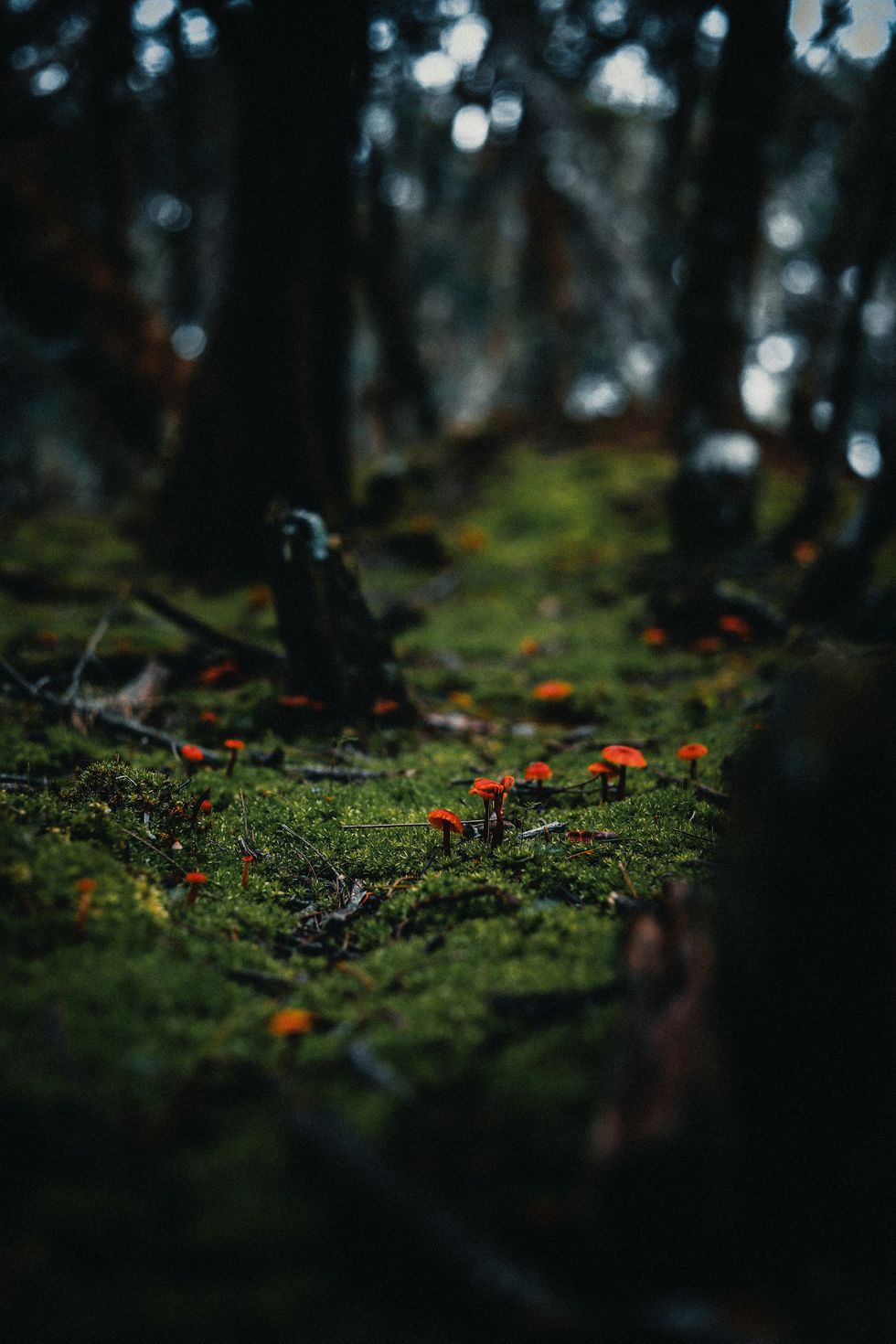 Introduction to Psychoactive Mushrooms: The Aztec God Strain - The Bluntness
Photo by
Introduction to Psychoactive Mushrooms: The Aztec God Strain - The Bluntness
Photo by